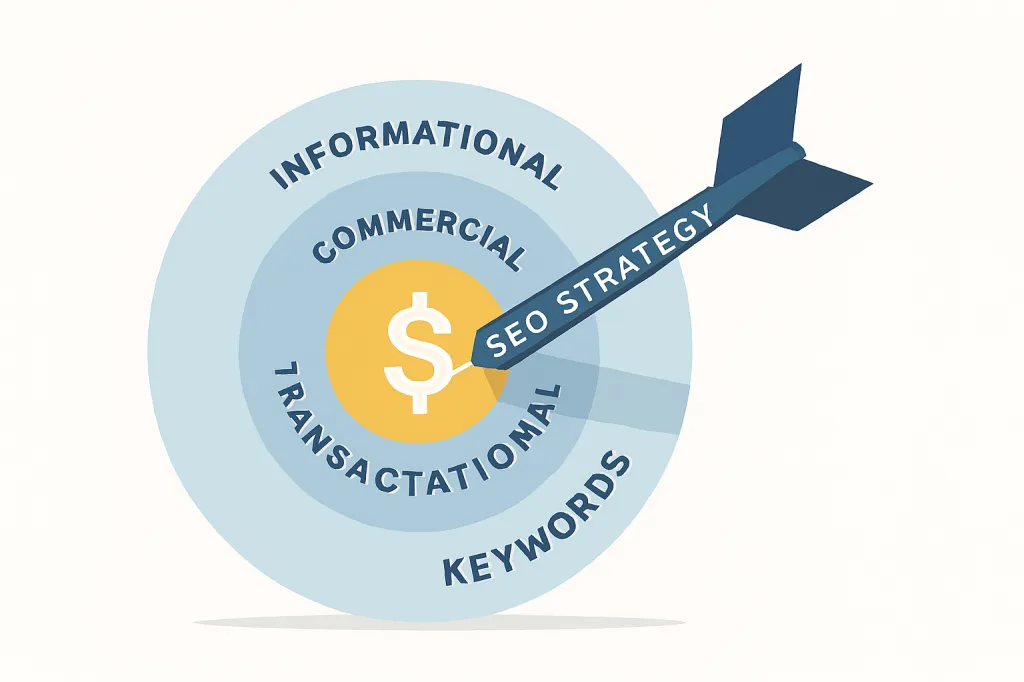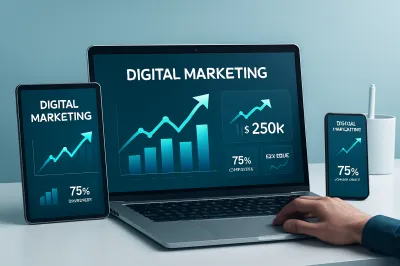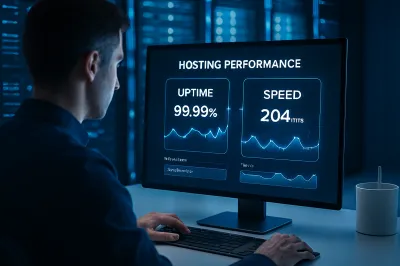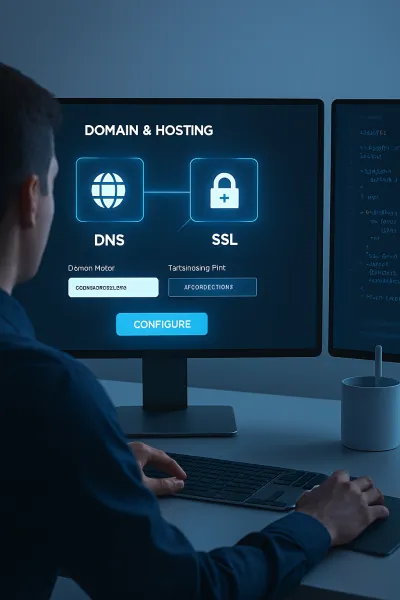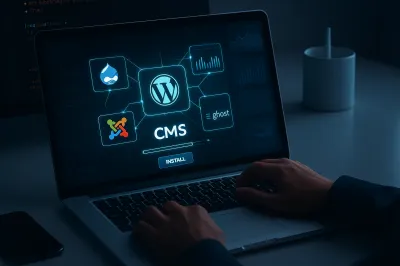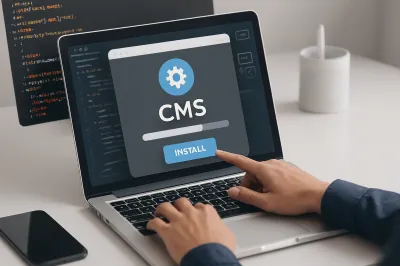In the world of blogging and SEO, not all traffic is created equal. Attracting 1,000 visitors who are just casually browsing is good, but attracting 100 visitors who are ready to make a purchase is significantly better, especially for your AdSense revenue. The key to attracting this valuable traffic lies in understanding and targeting Commercial Intent Keywords.
While basic keyword research helps you understand what people are searching for, mastering commercial intent helps you understand what they are planning to buy. These are the "money-making" keywords that advertisers are willing to pay a premium for, which in turn boosts your Cost Per Click (CPC) and overall earnings.
This guide will teach you exactly how to find these high-value commercial keywords to transform your blog from a simple content platform into a strategic revenue-generating asset.
Why Commercial Keywords Are a Goldmine for AdSense
Google AdSense works like an auction. Advertisers bid to place their ads on websites like yours. The more valuable a visitor is to an advertiser, the more they are willing to bid. Visitors searching with commercial intent are the most valuable because they are actively in the buying cycle.
Here's the simple formula:
High Commercial Intent → High Advertiser Competition → Higher Ad Bids (High CPC) → Higher AdSense Earnings for You
Targeting these keywords is like setting up your shop in the busiest, most affluent part of town. You might get fewer window shoppers, but you'll attract more serious buyers.
A Quick Recap: The 4 Types of Keyword Intent
To find commercial keywords, you first need to understand the four main types of search intent:
- Informational: The user wants to learn something. (e.g., "what is php", "how to secure a website").
- Navigational: The user wants to go to a specific site. (e.g., "facebook login").
- Commercial Investigation: The user intends to buy soon and is comparing options. This is a high-value target. (e.g., "best web hosting", "ahrefs vs semrush").
- Transactional: The user is ready to buy now. This is the highest-value target. (e.g., "buy wordpress theme", "hostinger discount code").
Our main goal is to find keywords that fall into the "Commercial" and "Transactional" categories.
7 Powerful Methods to Find High-Value Commercial Keywords
Here are practical, actionable methods you can use to start finding these valuable keywords today.
1. Look for "Buyer" Keyword Modifiers
These are words that people add to their searches when they are close to making a purchase. You can append these to your main "seed" keywords to uncover valuable long-tail variations.
Commercial Investigation Modifiers:
- best, top, review, comparison, vs, alternative, affordable, cheapest
- Example: "best wordpress security plugins", "hostinger review", "elementor vs divi"
Transactional Modifiers:
- buy, coupon, discount, deal, sale, promo code, pricing, cost
- Example: "buy elementor pro", "namecheap coupon code", "ahrefs pricing"
2. Analyze "Review" and "Comparison" Articles
Search for `best [your product/service]` or `[product A] vs [product B]` in your niche. The articles that rank on the first page are treasure troves of commercial keywords. Analyze their titles, headings (H2s, H3s), and content to see what related terms they are targeting.
3. Mine E-commerce and Affiliate Sites
Websites like Amazon, ThemeForest, or affiliate networks like Commission Junction are built around commercial products. Their entire structure is a keyword map.
- Look at their product categories and subcategories.
- Look at the product titles and the words they use in their descriptions.
- Pay attention to the "Customers also bought" and "Related products" sections.
4. Use Google Keyword Planner's "Top of Page Bid" Column
This is a direct way to see what advertisers are paying. In Google's free Keyword Planner, there's a column called "Top of page bid (high range)." This shows the highest price advertisers have historically paid for a click on that keyword.
Sort your keyword list by this column (from high to low). The keywords at the top are the ones with the highest commercial value. This is a direct indicator of "expensive keywords."
5. Spy on Your Competitors' Paid Ads
If a competitor is willing to spend their own money to run Google Ads for a specific keyword, you can be almost certain it's a profitable, high-intent keyword. SEO tools like Ahrefs and SEMrush have features that let you enter a competitor's domain and see the exact keywords they are bidding on in paid search. This is like getting a free look at their marketing strategy.
6. Think in Terms of Problems and Solutions
People are willing to pay for solutions to their problems. Frame your keyword research around the problems your audience faces.
- Problem: My website is slow.
- Solution (Commercial) Keywords: "best caching plugins", "fastest web hosting", "how to speed up wordpress site", "litespeed cache review"
By creating content that solves an expensive or urgent problem, you naturally attract an audience that is willing to spend money on a solution.
7. Use Google's Autocomplete & "People Also Ask"
This simple method is surprisingly powerful. Go to Google and start typing a commercial-style query. Don't press enter. Look at the suggestions Google provides.
For example, typing "best seo tool for..." might suggest:
- "...small business"
- "...beginners"
- "...youtube"
These are all valuable long-tail keywords with clear commercial intent that you can target with a dedicated article.
Conclusion: Shift Your Focus from Volume to Value
Improving your SEO for AdSense isn't just about getting more traffic—it's about getting the right traffic. By focusing your content strategy on commercial and transactional intent keywords, you align your website with the topics that advertisers value most. This strategic shift can dramatically increase your CPC and overall revenue, allowing you to earn more even with a smaller, more targeted audience. Start using these methods today to uncover the keyword goldmine in your niche.
